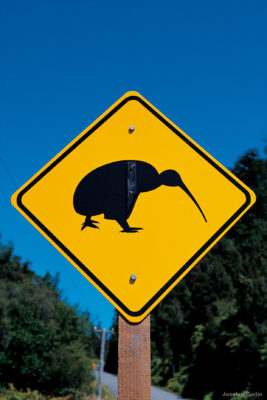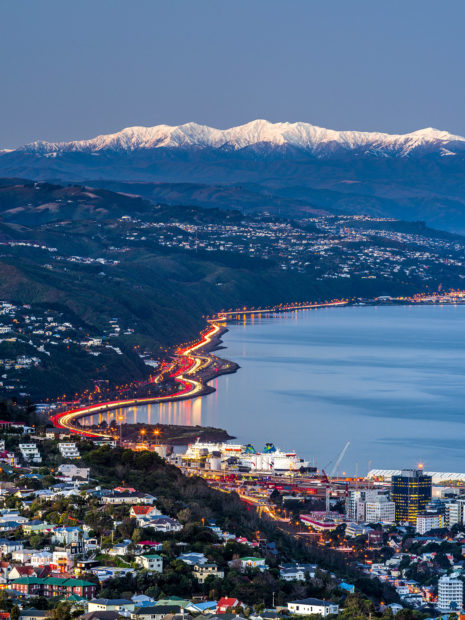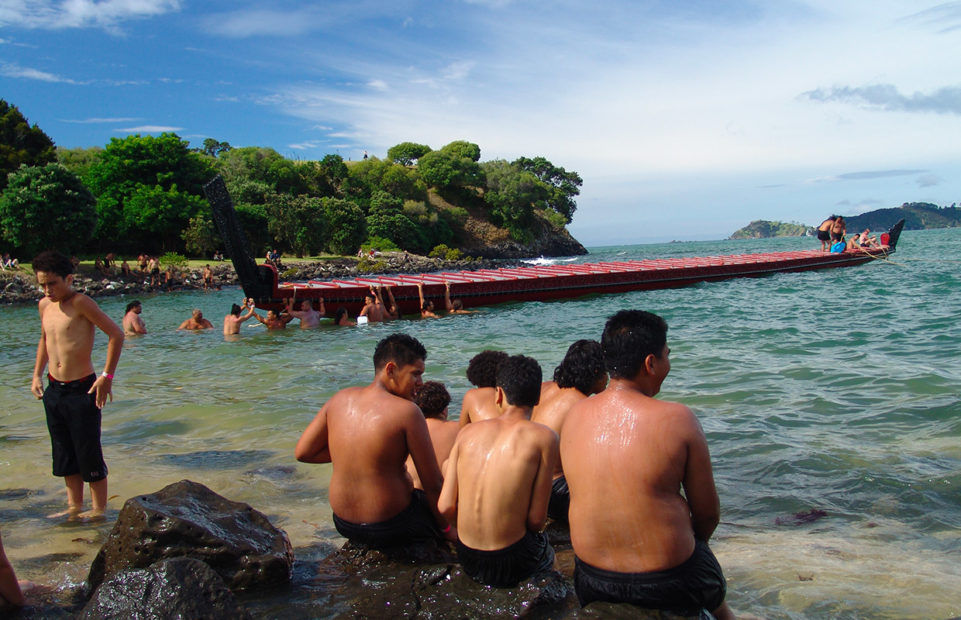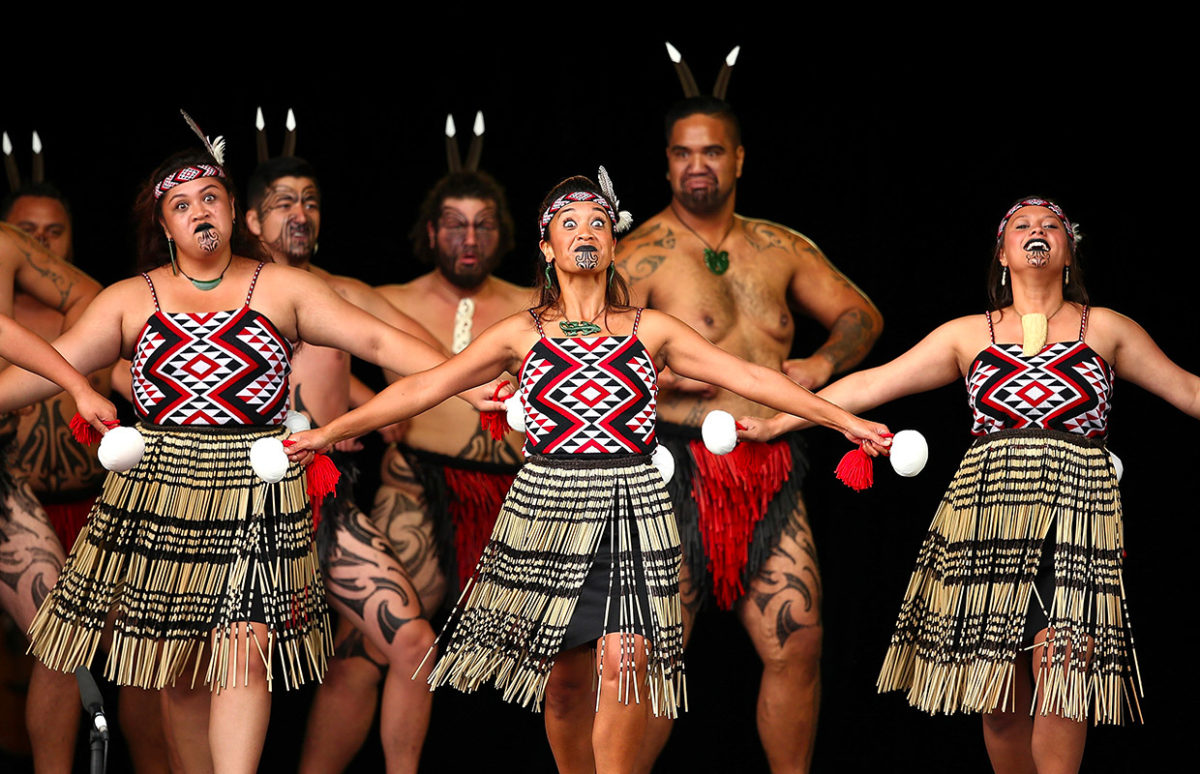New Zealand is a unique country, so it’s not surprising that its national day is unique too!
New Zealand's nearest big neighbour, Australia, is more than 4000 kilometres away. Because it is so isolated, it has some unique plants and animals, like the kiwi, a bird that can’t fly. People from New Zealand are often called "Kiwis" too.

New Zealand also has sheep… lots of them! In fact, according to the 2022 Agricultural Production census, there are almost five times more sheep than people in New Zealand!
New Zealand society is unique too. Māori people make up 16.5 percent of the population and other Pacific Islanders another 8.1 percent. The Māoris arrived in waka (large canoes) from Polynesia about 1,000 years ago. The Māori name for the country is Aotearoa, which means the Land of the Long White Cloud and the country is often referred to as Aotearoa New Zealand.
Compared to Australia, New Zealand isn’t very big (it’s about the same size as Britain or Japan) but its climate and land are very varied: it has mountains, called the Southern Alps, rainforests and many beautiful beaches. The climate in the north is sub-tropical, but in the south, it is much colder, cold enough for penguins.

A Little History
Abel Tasman, a Dutch explorer, was the first European to arrive there, in 1642. He named the country New Zealand in honour of the Dutch province of Zeeland, but he didn’t colonise it. The Tasmanian Sea, between New Zealand and Australia, is named for him.
James Cook, a British explorer, colonised New Zealand in 1740. On 6 February, 1840, a representative of British Queen Victoria signed a peace treaty with 40 Māori chiefs. The Treaty was signed in a place called Waitangi. It established that New Zealand was part of the British Empire, and that the Māori had the same rights as other British citizens.
In the past, Māori culture wasn’t respected by Pakeha (the Māori word for white people), but that is changing now. Twenty years ago, Māori language and culture were disappearing. Now, Maori children learn to speak Te Reo Māori at school, and even Pakeha children learn about Māori traditions.

Waitangi Day
Many countries’ national days celebrate independence or a revolution, but Waitangi Day, on 6 February, celebrates peace. In 1906, New Zealand became an independent country. To honour the country’s history, Waitangi Day was named the national day.
On Waitangi Day, there are cultural exchanges and political speeches by Māori leaders and representatives of the national government in Waitangi. There are no parades or fireworks, like many countries do. In the rest of the country, Waitangi Day is a day to eat Māori food, do Māori dances, and watch waka canoe races.

Because New Zealand is in the southern hemisphere, February is in the middle of summer there. So Waitangi Day is a good day to have picnics at the beach, and that’s what many people do. Ironically, the large New Zealand community in Australia has a bigger celebration than any in New Zealand itself!
This article can be used with Shine Bright 3e File 3 Go New Zealand girls!, Shine Bright 2e File 3 Go Kiwis and Shine Bright 1e File 12 Peoples of Oceania.
Copyright(s) :
Martin Hunter Getty
New Zealand Tourism
> New Zealand, Where Are You?
> How to Be a Modern Prime Minister
> Jacinda Ardern Resigns as NZ Prime Minister
> Waitangi Day, New Zealand’s National Day





